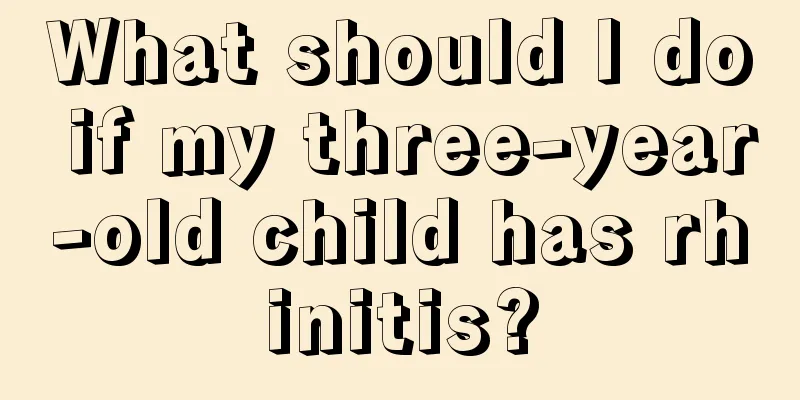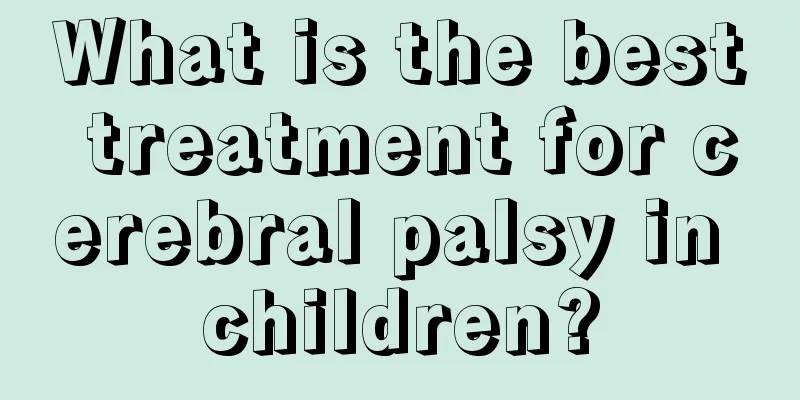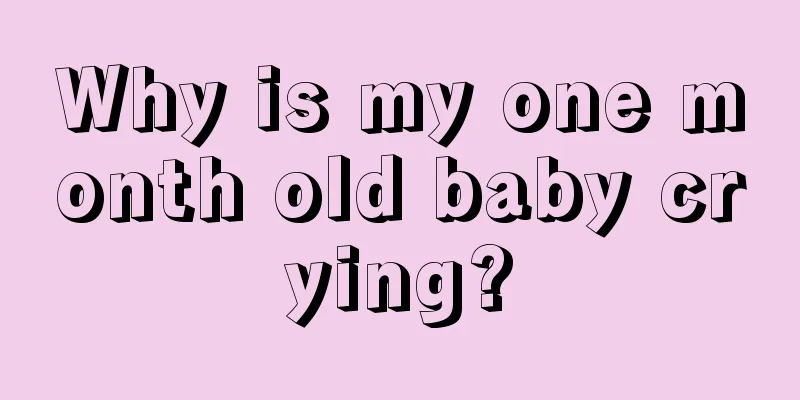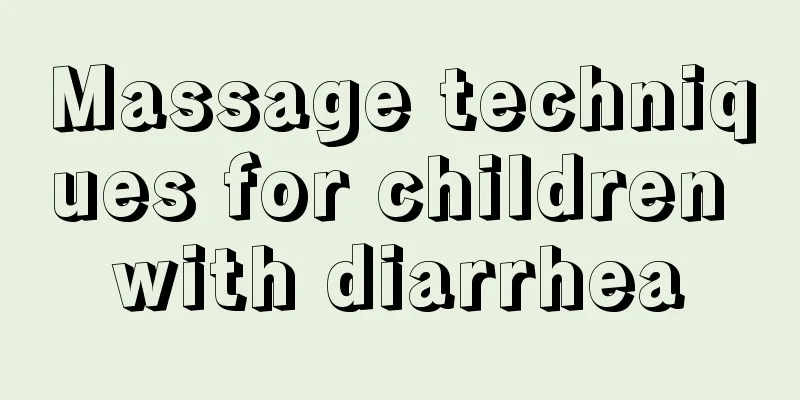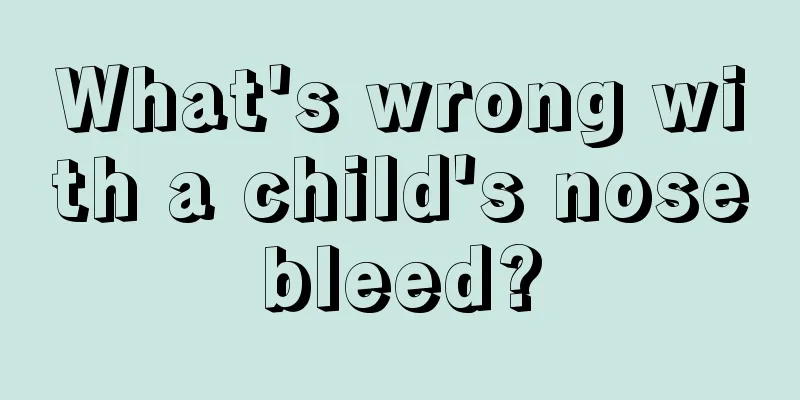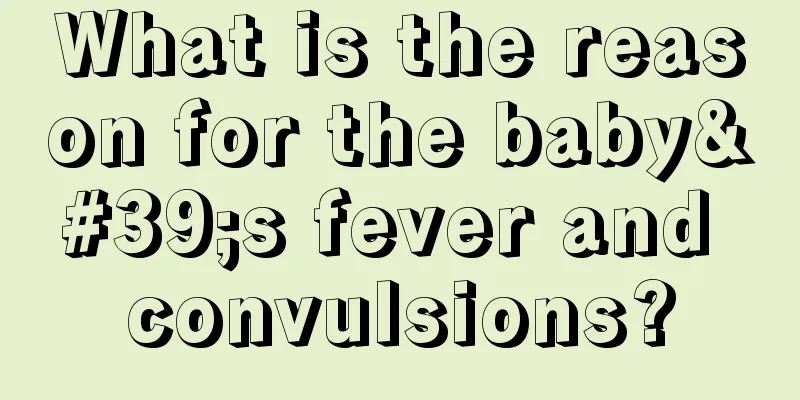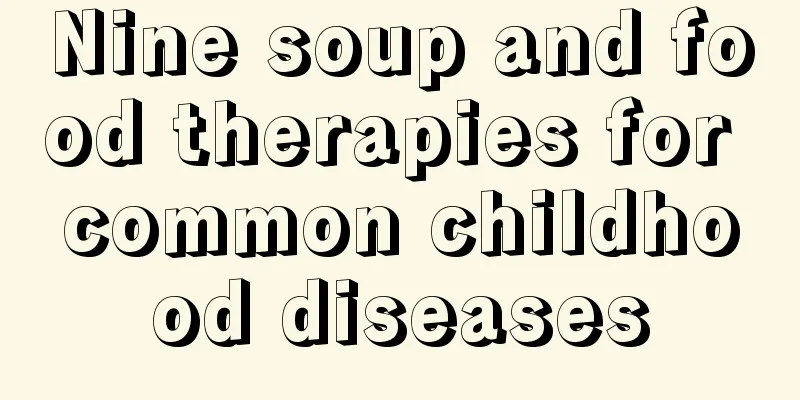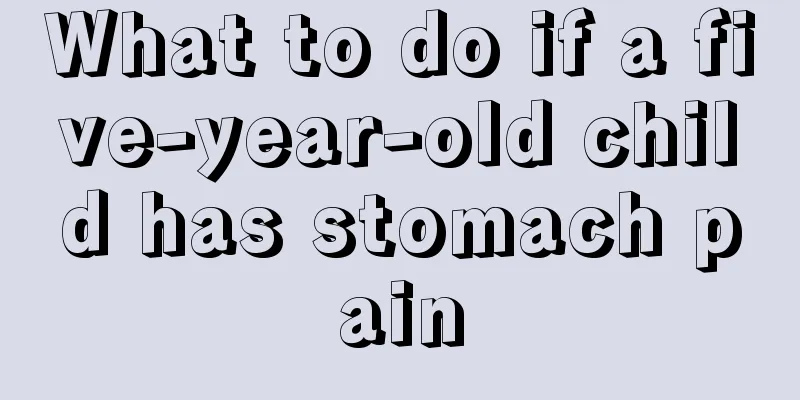How old can babies brush their teeth?
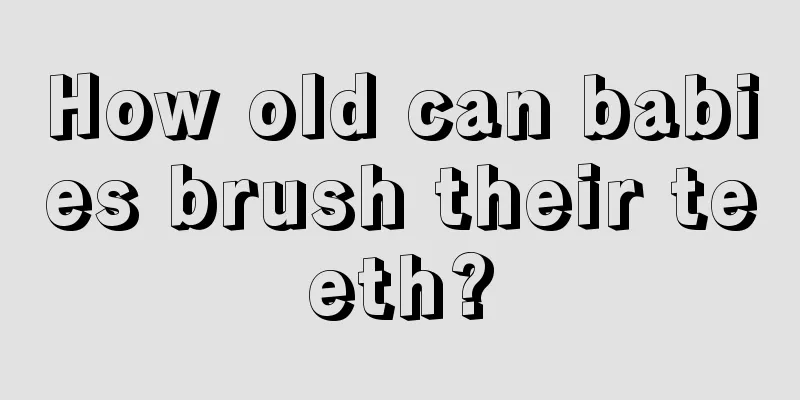
|
Brushing teeth is a good habit for our dental health. If we brush our teeth in the correct way every morning and evening, our gums will be healthier, and the probability of yellowing and cavities will be much lower. The habit of brushing teeth needs to be cultivated from an early age, especially parents need to help children develop the habit of brushing teeth. So at what age can parents start teaching their children to brush their teeth? 0-6 months old babies: rinse your mouthMost babies at this stage have not yet grown teeth, but mothers still need to clean their babies' mouths every day. The correct way is to let the baby drink some warm water first, and then use gauze dipped in warm water or light salt water to gently wipe his gums and mouth. Babies over 6 months old and under 2 years old: Use a "finger toothbrush" At this time, the baby has grown deciduous teeth, and the mother can use a "finger toothbrush" with friction to brush the baby's teeth flexibly. Prepare warm water first, and use a "finger toothbrush" to clean your baby's teeth, tongue, and spaces between teeth.
The baby's deciduous teeth have all grown in, and mother can brush his teeth with a toothbrush. But please note that the toothbrush and toothpaste used by your baby must be specially designed for infants and young children. Babies over 3 years old: Learn to brush their teeth independently Brushing teeth independently is a basic skill that babies must master. Mothers can try to let their babies imitate the way they brush their teeth, and then correct their wrong brushing posture. Over time, they will develop a good habit of brushing teeth independently.
1. The bristles should be soft and the brush head should be small so that it is easier to reach all the baby's teeth, including the innermost teeth. 2. The brush surface is flat and the top of the bristles are round so as not to scratch the baby's gums. 3. Adult toothbrushes are not suitable for young children because the brush head is too large and uncomfortable for babies to use. The bristles may also be too hard and will wear out the baby's teeth and gums. 4. Choose a toothbrush with a harder handle to maximize muscle motor skills. 5. Place the toothbrush vertically and keep it dry. Make sure the bristles of each toothbrush do not touch each other to prevent bacteria from being transferred from one toothbrush to another. 6. When the toothbrush becomes worn, for example, when the bristles become scattered, it is time to replace the toothbrush. 7. In any case, you should replace your toothbrush at least every 4 months, and be sure to replace your toothbrush after you are sick, because the old toothbrush may contain bacteria. |
<<: What to do if your child doesn't like brushing his teeth
>>: What to do if your child doesn't brush his teeth
Recommend
Why does an 8-year-old boy urinate frequently?
If an eight-year-old boy has frequent urination, ...
What are the causes of vomiting and diarrhea in children?
Children's development is an issue that every...
How old can a baby be ruled out for cerebral palsy?
If a child has cerebral palsy, he will gradually ...
The best treatment for children's pharyngitis, medical experts will tell you
Parents don’t need to be too anxious about the pr...
Is it normal for a one-year-old baby to snore when sleeping?
During the growth period of one-year-old babies, ...
What should I do if my child is hyperactive?
Some people think that children are naturally mor...
What are the cough medicines for children?
The weather now is in a transitional period. It i...
The newborn suddenly does not eat well
Breastfeeding is a very important thing for newbo...
Red spots appear on the soles of children's feet
It is a very common phenomenon for children to ha...
What causes night sweats in children?
Children's metabolism is relatively active. M...
What is the standard height and weight of an eight-year-old girl?
No matter how old you are, you can roughly look a...
What should I do if my 7-month-old baby has a fever?
Although the baby is already seven months old and...
Nursing methods for baby's tonsil suppuration
Tonsillitis in babies has a great impact on the b...
What to do if your baby has herpes in his throat
Herpes is a common disease around us. Many adults...
What are the methods of making steamed egg yolk soup as baby food?
Egg yolk is a very nutritious food. It is also a ...
